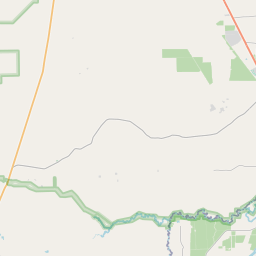Hardin-Concord Road
Historical marker location:






In use from 1859 to about 1900, this historic roadway is one of the oldest area landmarks. It accommodated wagon and horseback travel between early settlements and provided connection between river voyages. Concord, to the southeast on Pine Island Bayou, was the southern limit for steamboat traffic on the Neches River. Hardin, to the northwest, was the first Hardin county seat from 1858 to 1887. Much of the old road can be traced today, a reminder of 19th century overland and waterway travel. Although development has obscured it from view at this point, modern U.S. Highway 69 crosses its course here. Today the historic road is remembered for its contributions to local transportation and commerce.
(1971, 2011)
As one of the most visible programs of the Texas Historical Commission (THC), historical markers commemorate diverse topics in Texas history, including: the history and architecture of houses, commercial and public buildings, religious congregations, and military sites; events that changed the course of local and state history; and individuals who have made lasting contributions to the state, community organizations, and businesses.
The Johnson Space Center, located in Houston, played a crucial role in the development of the U.S. space program. It was here that NASA trained its astronauts and mission control teams, and it continues to be an important center for space research and exploration today.
During the early 19th century, the region was part of Mexico. However, after Texas became an independent republic in 1836, Hardin County was officially established in 1858 and named after the leader of the Battle of New Orleans, William Hardin.
The county experienced significant growth and development during the late 19th and early 20th centuries. One of the most important events in Hardin County's history was the discovery of oil in 1902, leading to an economic boom. Oil wells were drilled, refineries were established, and the local economy flourished.
Hardin County also played a role in World War II, as the area was home to Camp Hardin, a military training camp. The county's population surged during this time, as soldiers and their families moved into the area.
Today, Hardin County continues to be an important part of Texas' history and economy. It offers a mix of rural and suburban areas, with agriculture and oil production remaining vital industries. The county is proud of its heritage, with several historical landmarks and museums, preserving its past for future generations.
Hardin County Timeline
This timeline provides a condensed summary of the historical journey of Hardin County, Texas.